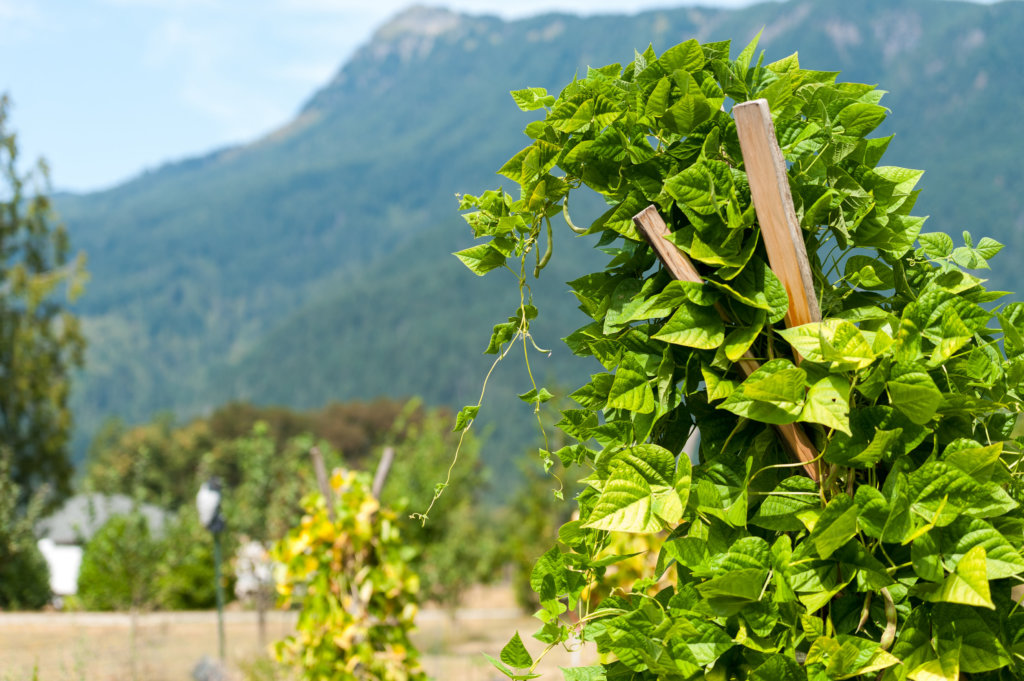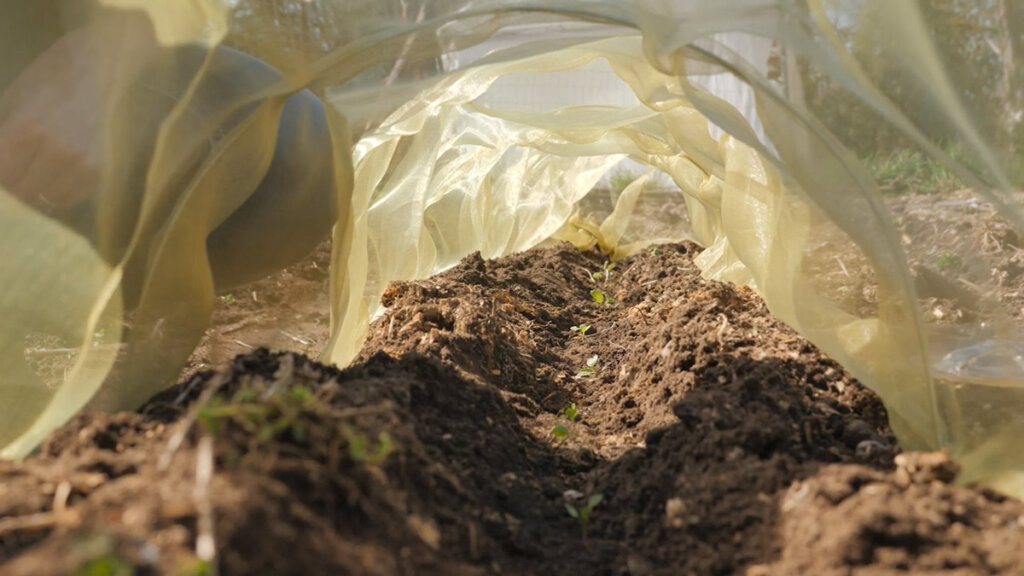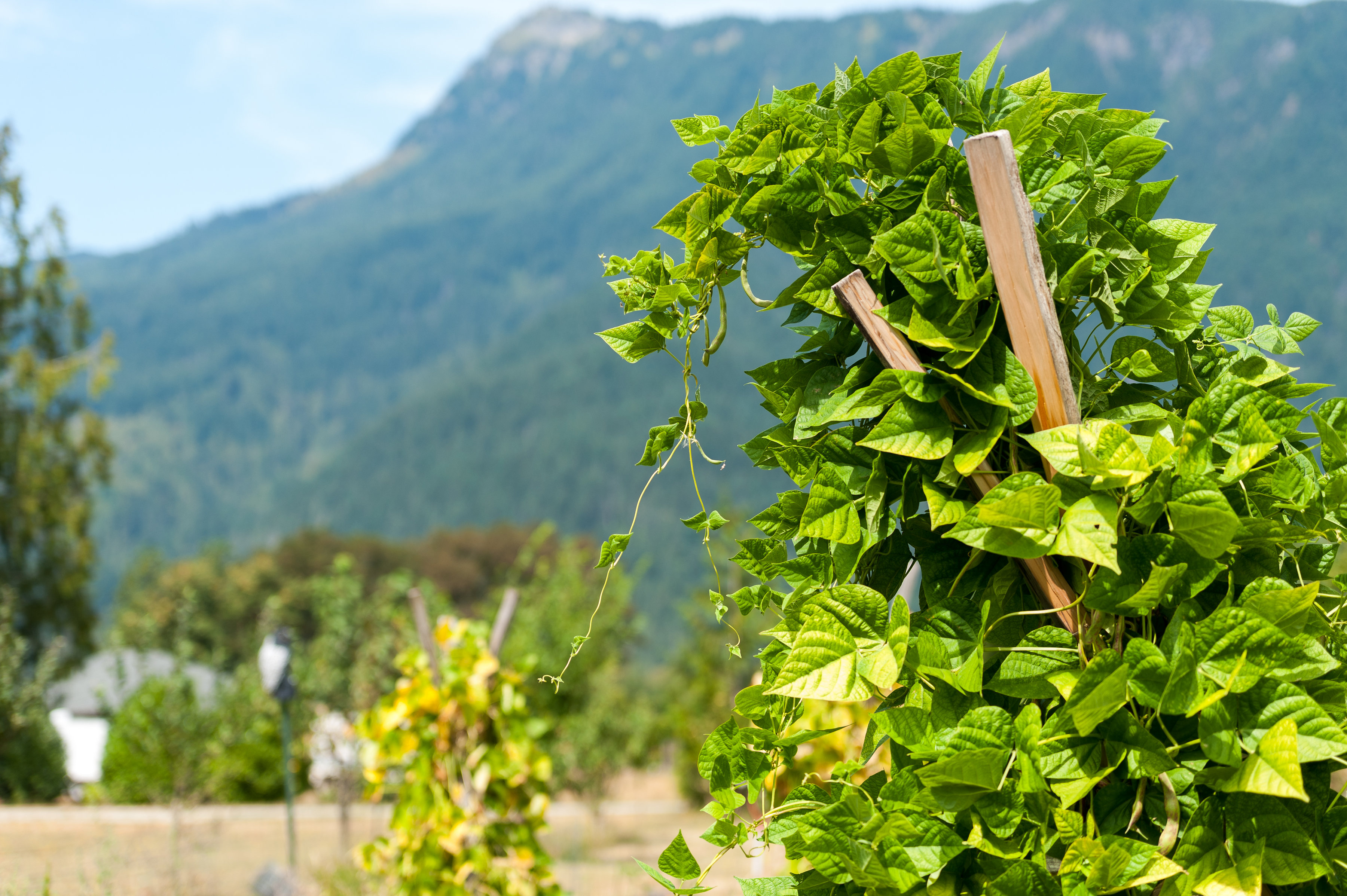If you're a gardener looking to expand and improve your existing garden spaces, then you'll want to keep reading. Christine is a homesteader in Northern Michigan who is looking for gardening advice as she and her husband expand their garden, add structures like high tunnels and trellises, and learn how to protect their garden from common diseases and pests.

In today's episode of the Pioneering Today Podcast (episode #302), I'm talking to Christine, a member of the Pioneering Today Academy who needs some help troubleshooting her garden. She's dealt with diseased plants, irritating pests, and even seed starts that suddenly died.
She and her husband live on a 30-acre farm in Northern Michigan and are working toward a self-sufficient lifestyle. Her family, like many people, took a good hard look at their priorities when the pandemic hit in 2020. They decided it was a smart time to start bringing their food supply, resources and other needs closer to home.
Christine struggled with her garden last year, dealing with diseased plants and not really knowing what to do to fix it. She feels like she’s starting from scratch. Not only that, but in order to increase their garden yield, they're expanding their garden and adding a large hoop house and high tunnel.
In today's episode, we're discussing all their plans, I'm answering some of her top questions, and we're figuring out how to move forward together.
Pioneering Today Academy – If you're interested in becoming a member of the Pioneering Today Academy to have all the resources Christine and I were talking about in today's episode, then head on over and sign up to the waitlist. We're adding a summer open enrollment this year on June 9th! I'll see ya there!

In this episode:
- Know which plants grow successfully in your climate (sweet potatoes and okra are no good for us northern climates) to know what NOT to plant.
- Knowing your average last frost date.
- Troubleshooting starting seeds indoors.
- How and when to transplant or pot up tomatoes.
- Deciding what to plant, or planting priorities – what do you eat on a regular basis, what do you want to preserve for your family, and start deciding what to plant from there. (Grab the free charts to know how much to plant for a year’s worth of food.)
- Knowing what produce you can buy locally that you may not have time or space to grow (like sweet corn, in my case).
- How trellising certain crops can help with disease prevention.
- Hoop house and high tunnel definitions vs. a true greenhouse.
- Amending soil vs. crop rotation – which is better?
- Row covers to help protect crops from early spring low temps (or these row covers to help protect against pests).
- How to reuse potting soil (and if you should).
- What dampening off means for starts.
- Homemade hard lotion bars recipe for those dry gardening hands! Or buy the BeeSilk hard lotion bars from MadeOn.
- Verse of the Week: Luke 23:34
[fusebox_transcript]



